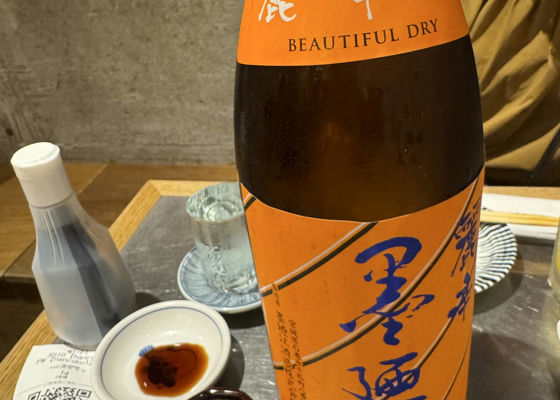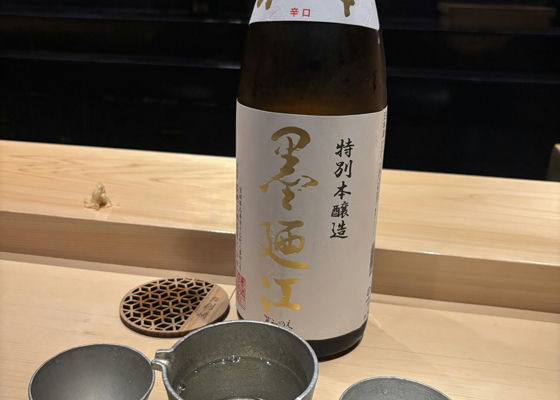
SakenowaRecord your sake experiences and discover your favorites
墨廼江Suminoe
Flavor Chart®
A chart created from flavor analysis of user comments.

Flavor Tags ®
Tags generated from flavor analysis of user comments.
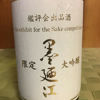
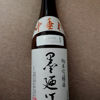
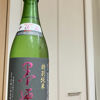
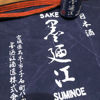
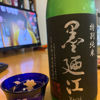
Popular Comments
The gorgeous aroma of alsobe with a
Light and refreshing sweetness and acidity.
It was a perfect match with sashimi.
Sake rice is Yamadanishiki produced in the special A district of Hyogo Prefecture.
Polishing ratio is 40%.
Japanese>English
Brands from Suminoe Shuzo
Suminoe谷風
Similar Brands
We analyze the flavors based on everyone's comments and select similar brands.
KarihoSimilar Characteristics
MeikyoshisuiSimilar Characteristics
Location
8-43 Sengokuchō, Ishinomaki, MiyagiOpen in Google Maps
Timeline

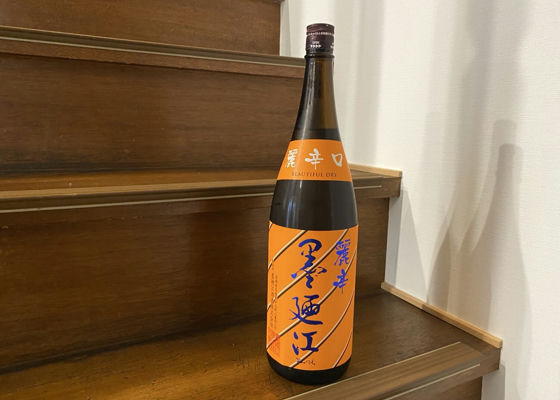
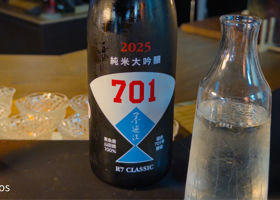
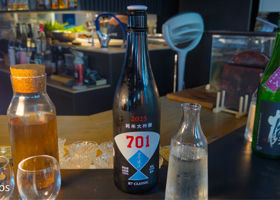
zzoos
2025.09.26 Miyabi Hanare
Suminoe Junmai Daiginjo Classic Version 701
墨廼江 純米大吟醸 classic version 701
Genshu using Yamatanishiki. It is said to use yeast No. 701. This was my favorite sake of the day. I think I like the fruity and floral flavors that the yeast gives, but the ones with the yeast number emphasized in the sake's name are the ones that express the personality of the yeast, so I feel like I'm being sniped at.
TranslationView.language.ko>English
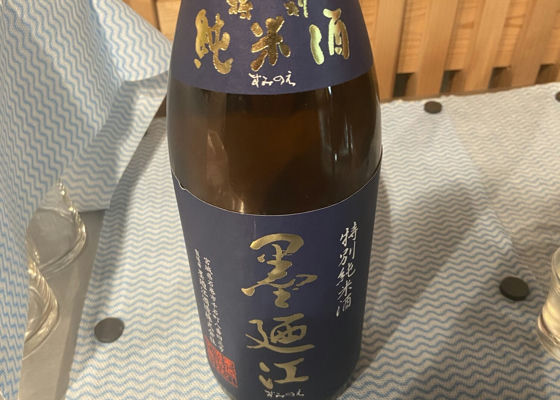
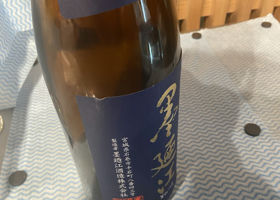
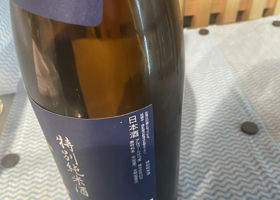
まも
Delicious😋.
I think this is also good as heated sake🙆
Well made sake 🍶.
Excellent👍
Japanese>English
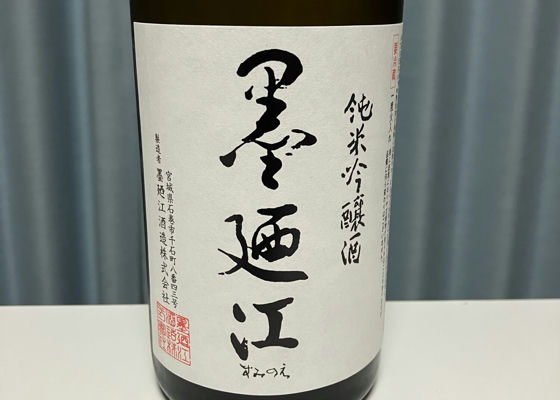
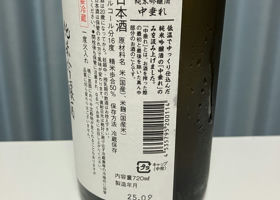

たくぼん
Junmai Ginjo🍶 brewed with Daiginjo-class long-life low-temperature fermentation moromi
Junmai Ginjo🍶 brewed with Daiginjo-class long-life low-temperature fermentation malt.
Furthermore, only the middle drip is bottled in this luxurious bottle.
Melon-like aroma on the nose
The quality of the sake is light and dry, but well balanced with umami and acidity.
but balanced by umami and acidity.
While it is very drinkable,
slightly modern and beautiful mouthfeel.
It was a good sake.
Japanese>English
てもち
It's clean! Much drier than it sounds.
Japanese>English
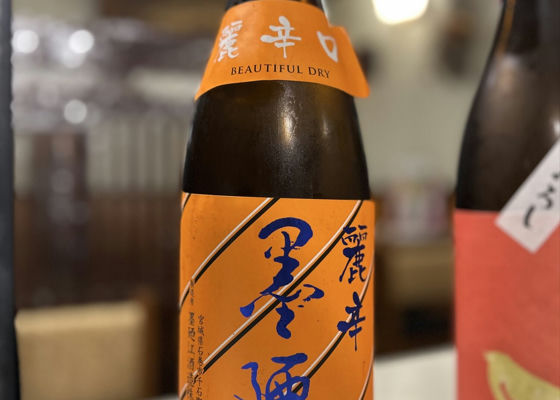
yh0921
Firm and dry
Lightens the fat of the fried chicken wings served with it
Japanese>English
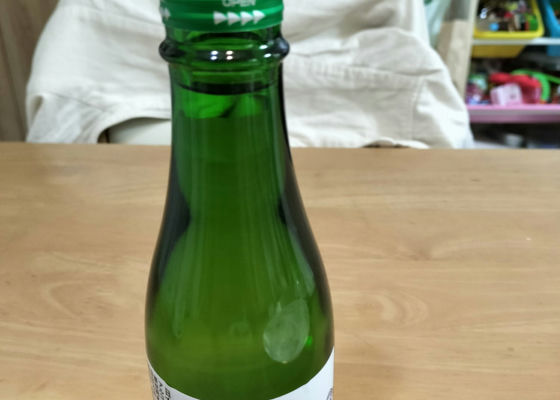
堺あさみ
I haven't drunk it yet, but record ✎.
Japanese>English
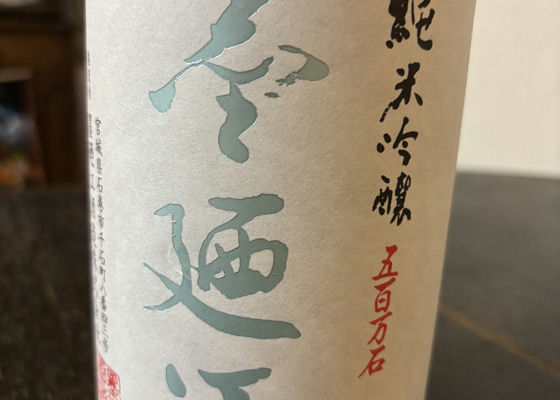
Runta
Clear taste. 65 points.
Japanese>English
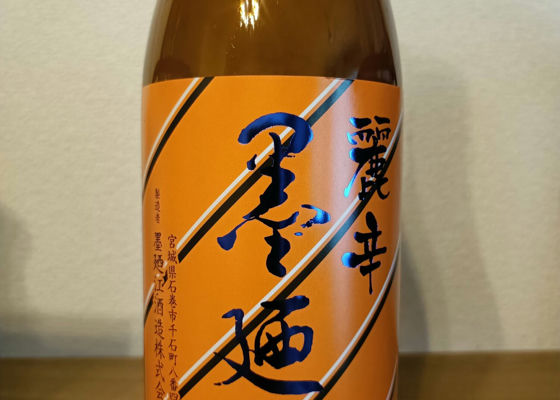
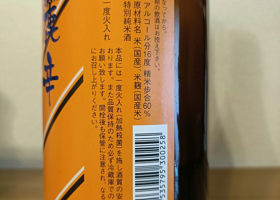
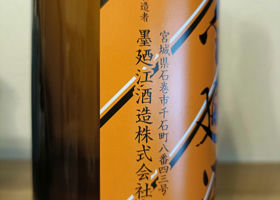
osakanosakenomi
It has the flavor of rice, but is cut firmly by acidity and astringency.
Japanese>English

けぬ
★★
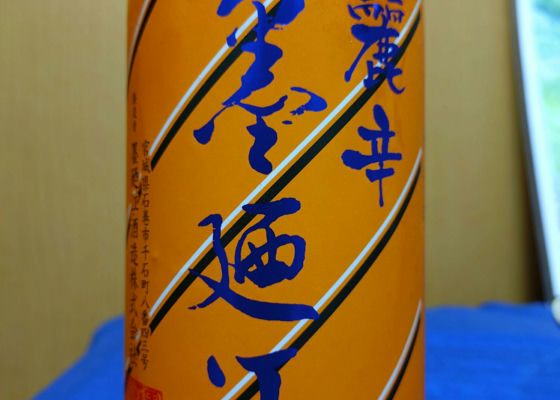
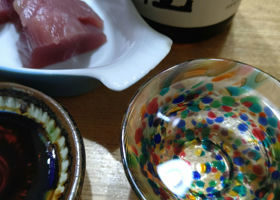
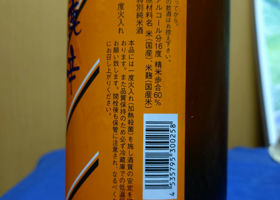
とっちー
Miyagi Prefecture
Lightly colored, dry, once fired
Polishing ratio 60
Alcohol 16%.
As it is called "light and dry", it has little sweetness and is very crisp.
Yet, it has a rich rice flavor, which is very interesting.
It is a perfect match for a strong meal.
Japanese>English
Suminoe鹿麗 麗辛口 一度火入
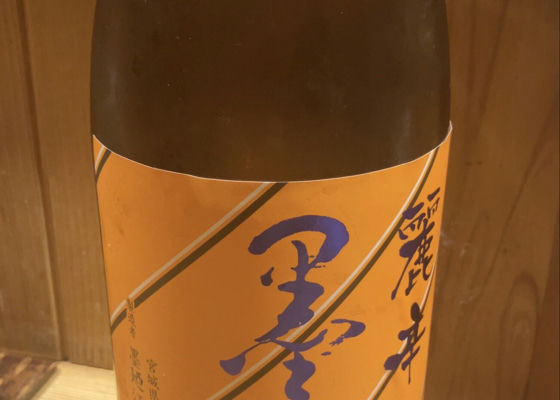
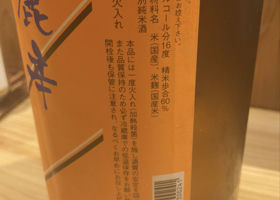
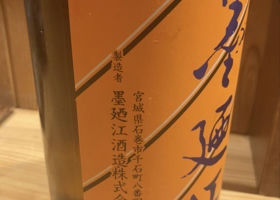
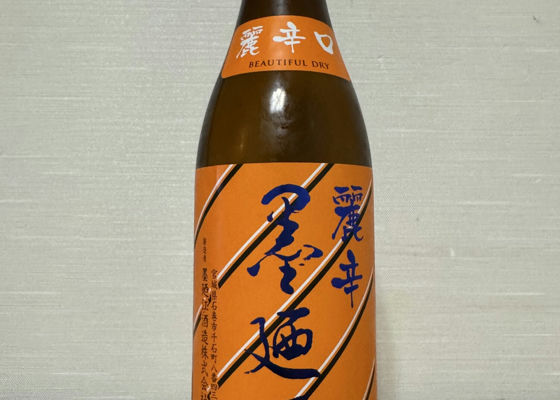
デビル
Suminoe Shuzo, a special junmai
Sake Brewer] Suminoe Shuzo Co.
Type of Sake】Special Junmai Sake
Type of rice used: Domestic rice
Rice polishing ratio] 60
Alcohol content】16%.
Sake Cups】Wine Glass and Inokuchi (cup)
Aroma】+2.0(green apple, grape, white dumpling)
Appearance] Crystal
[Taste] [Mouthfeel
Body: 1.5
Acidity: 2.0
Sweetness: 1.0
Umami: 1.5
Bitterness: 1.5
Lingering: Short to medium. It is sharp and leaves a dry, dry-like sharpness.
Impression】Modern light and ultra-dry with a fruity aroma.
I'm really into Suminoe recently. This one is designed to be super dry.
The aroma is of fresh green apples, and the flavor is more like grape than muscat, which is what you get when you drink Suminoe. I think there are not many breweries that have this aroma. The taste is light, with restrained parameters. It is a sharp sake with a fruity flavor that goes well with light-flavored foods as a mid-meal drink. It is a bottle that I would like to keep on hand at home with Hakurakusei.
Pairing] Sashimi, sushi, soba noodles, grilled white fish, tempura, etc.
Repeat Score] 2.5
Japanese>English
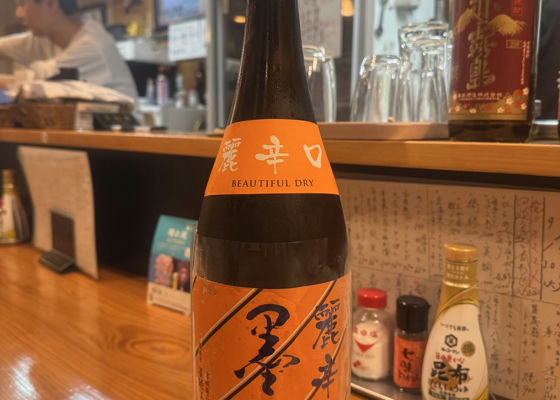
たまごとじ
Dry and refreshing. I had it with simmered kampachi fish 🙆🙆.
Japanese>English
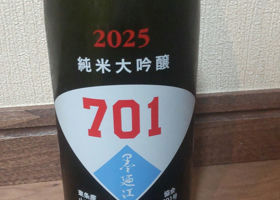
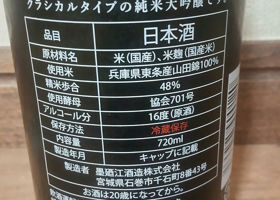
PON酒tatsu屋
Sake-like.
More than dry.
Lingering aftertaste.
Japanese>English
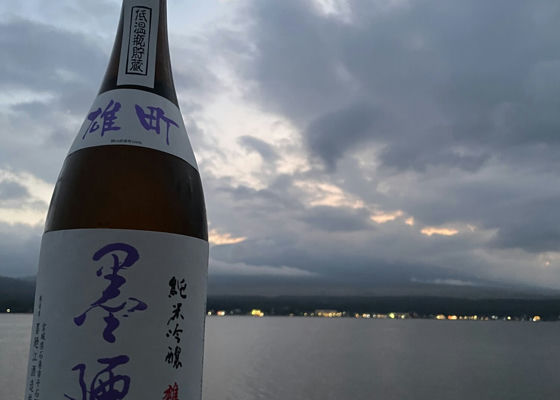
tomo
Suminoe watch out! Junmai Ginjo Omachi 3300yen
Today we climbed Mt. Fuji🗻 for the last time this year✋and on our wedding anniversary🎂‼️
As usual, myself and my wife went separately and met up in the middle of the mountain‼️ We enjoyed a fun climb and got some tasty snacks here and there in the car tonight‼️
And then to the feast in the car while watching Mt. Fuji fade into the night👍.
Today we went shopping in Fujiyoshida City! We got some good sake, some horse sashimi, bonito, fried fish, salmon spring rolls, etc. for snacks!
Now it's evening and the bottle is opened ‼️. The aroma is a steady ginjo aroma! No doubt about it! The first attack is elegant sweetness and spiciness with a perfect texture. ‼️ Omachi is a delicious sake. ♥️
Japanese>English
ジェイ&ノビィ
Good evening, TOMO 😃.
Fuji🗻 climbing on our wedding anniversary💍! It's nice ‼️ and a party in the car while watching Mt. Fuji at night 🍶It's nice to be active 🤗.
Japanese>English
tomo
Good evening, Jay & Nobby😊.
At first we were thinking of celebrating our anniversary at a local western restaurant, but the weather forecast was pretty good and we found a great view, drinks and knobs and it turned out to be a great decision 👍Memorable anniversary 😊㊗️
Japanese>English
